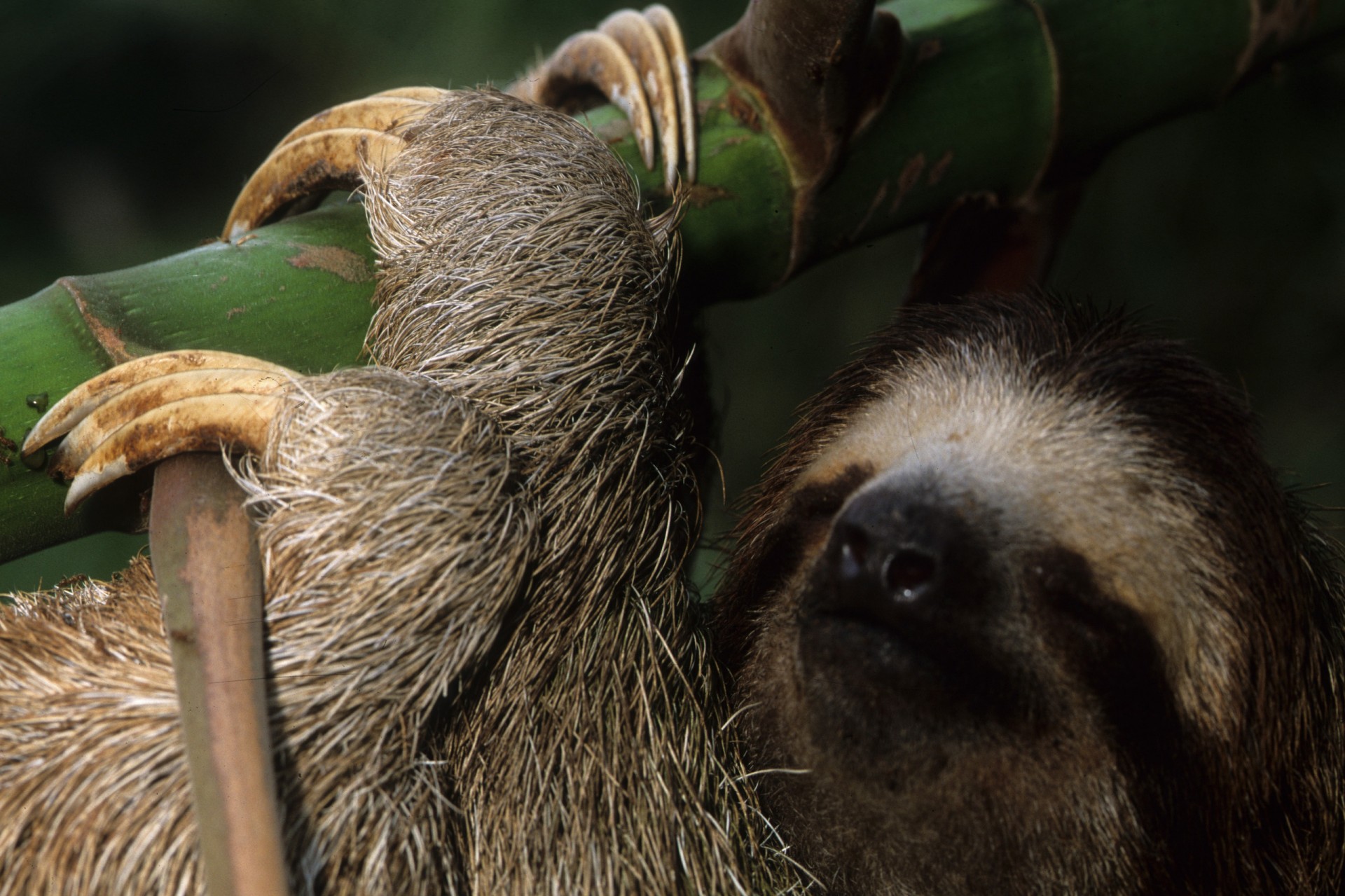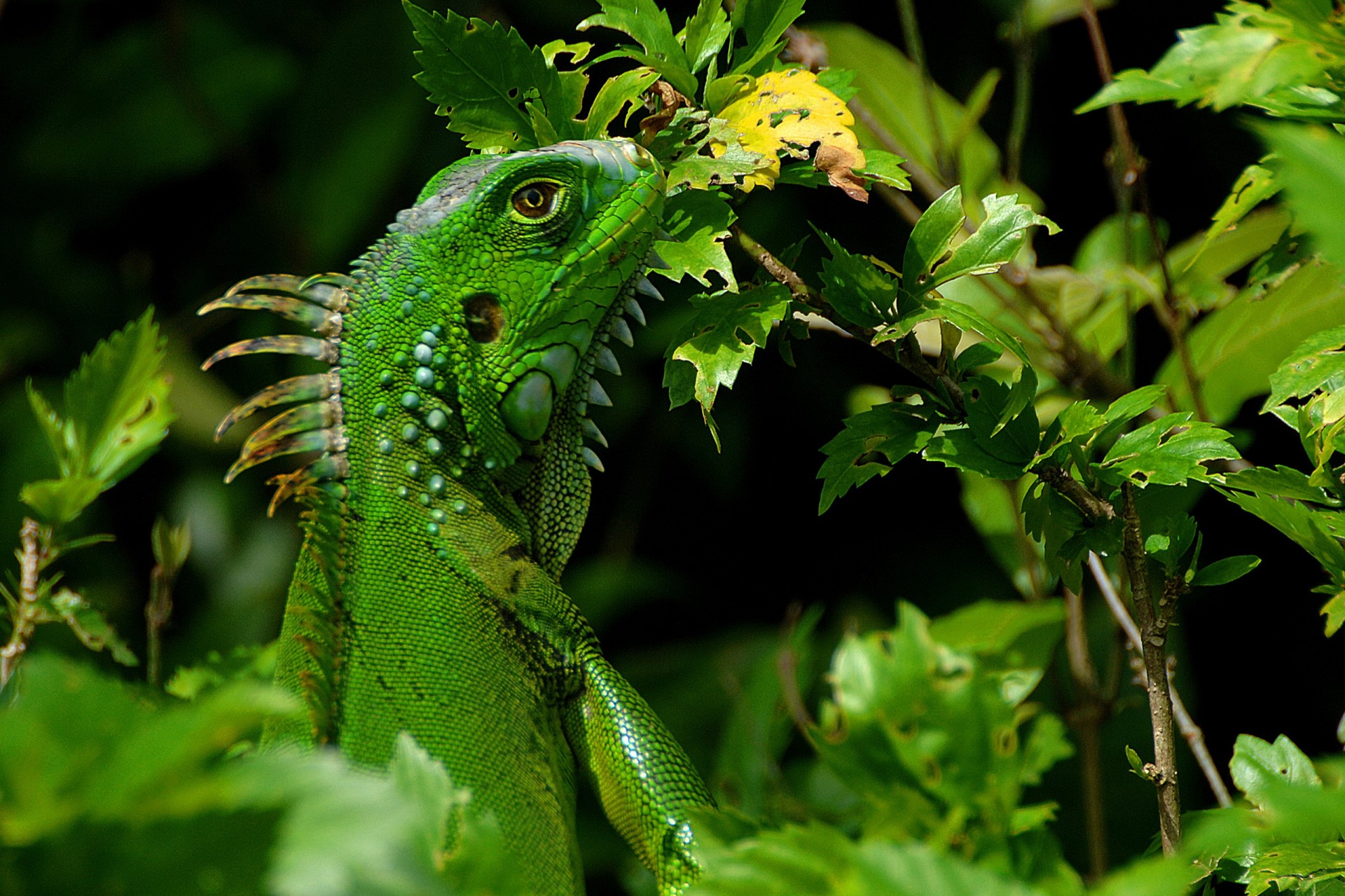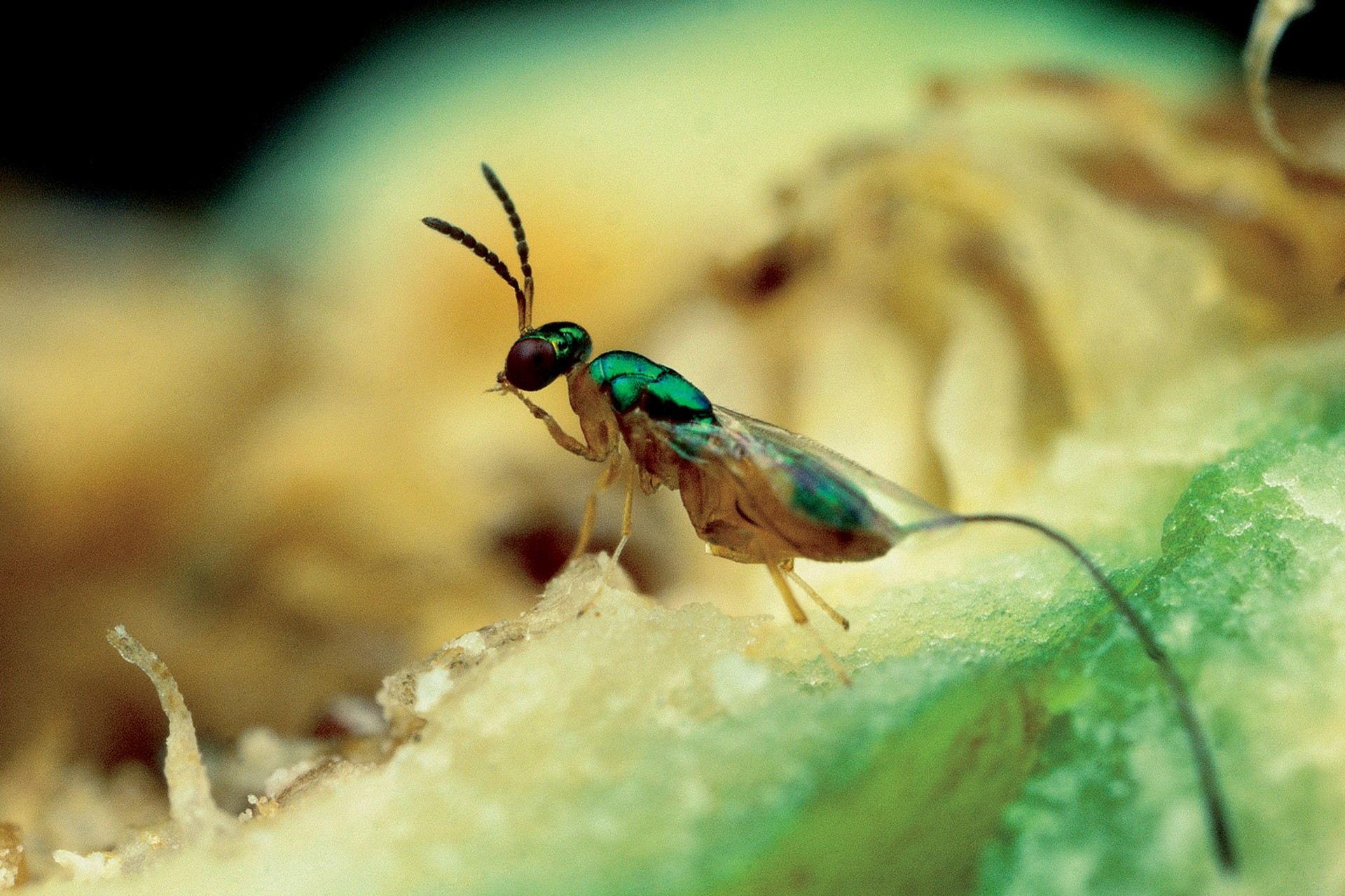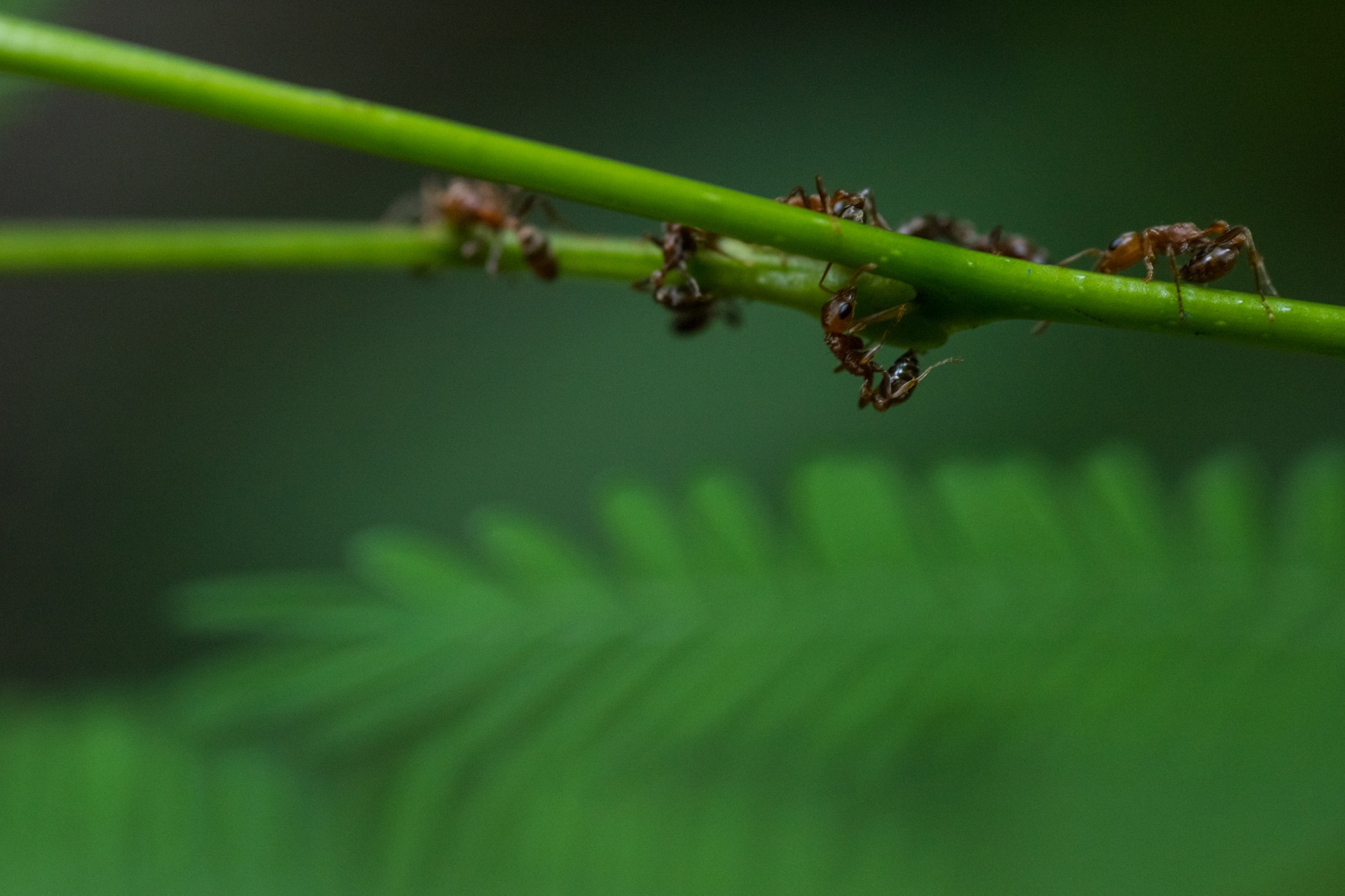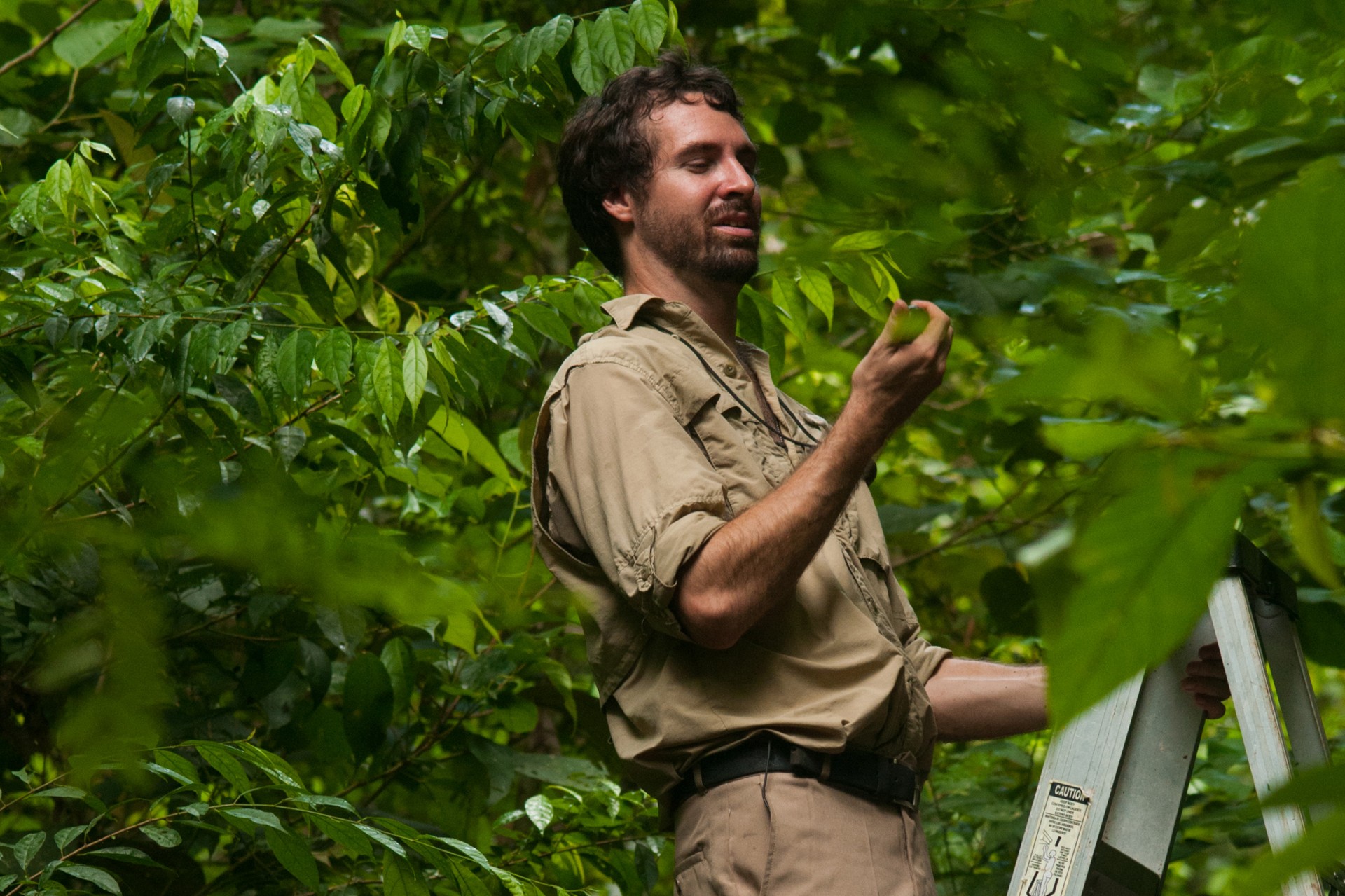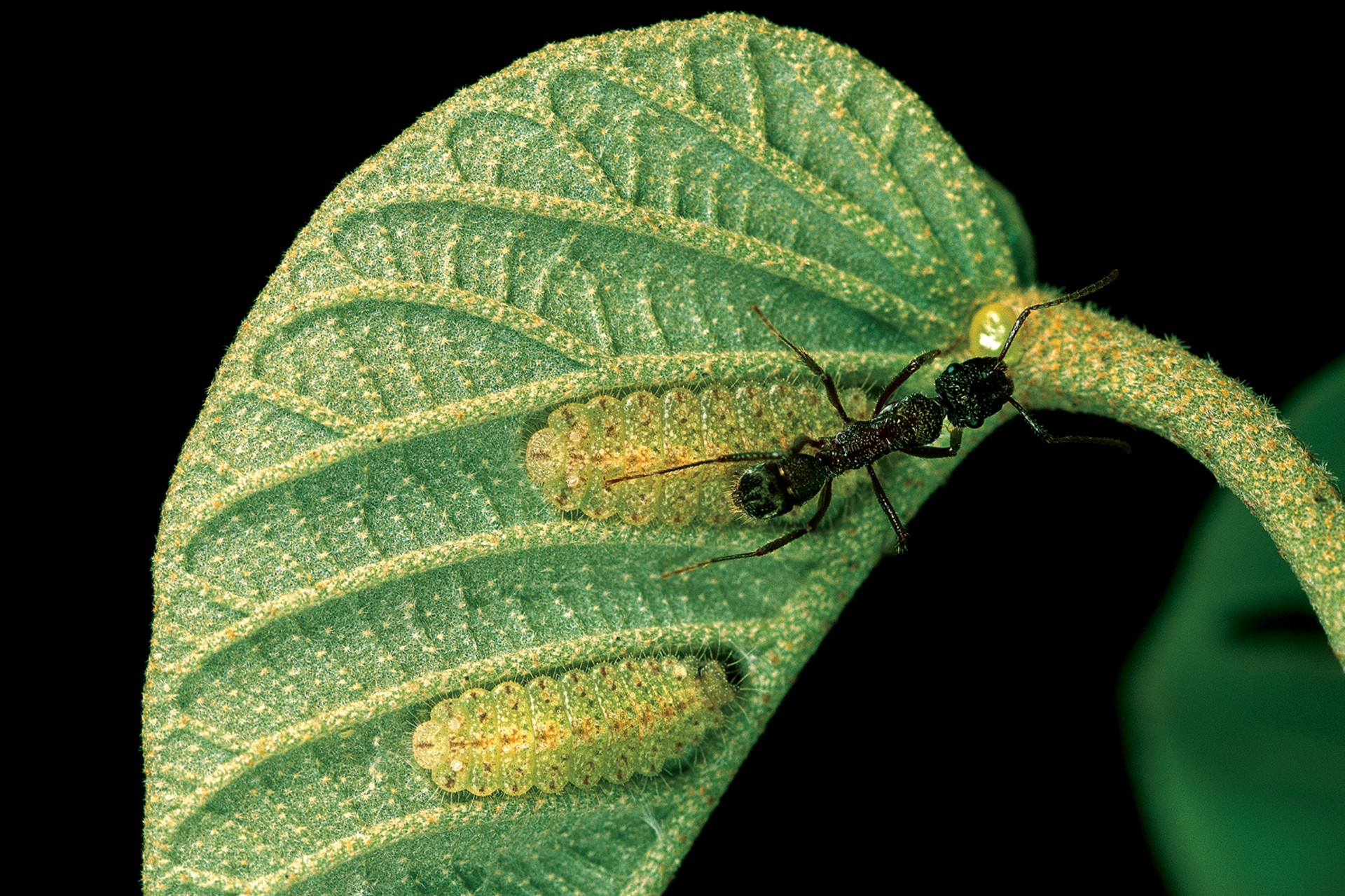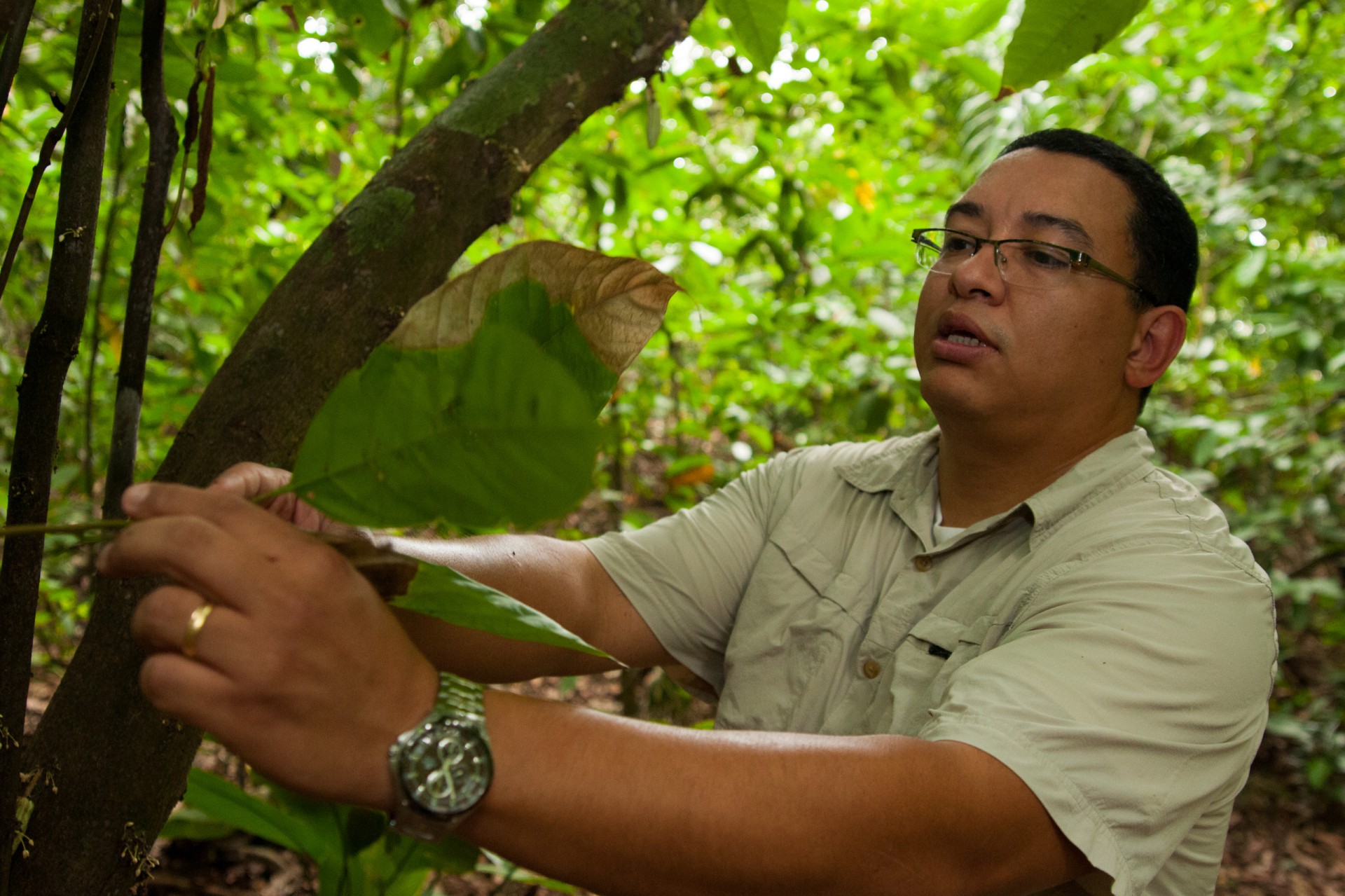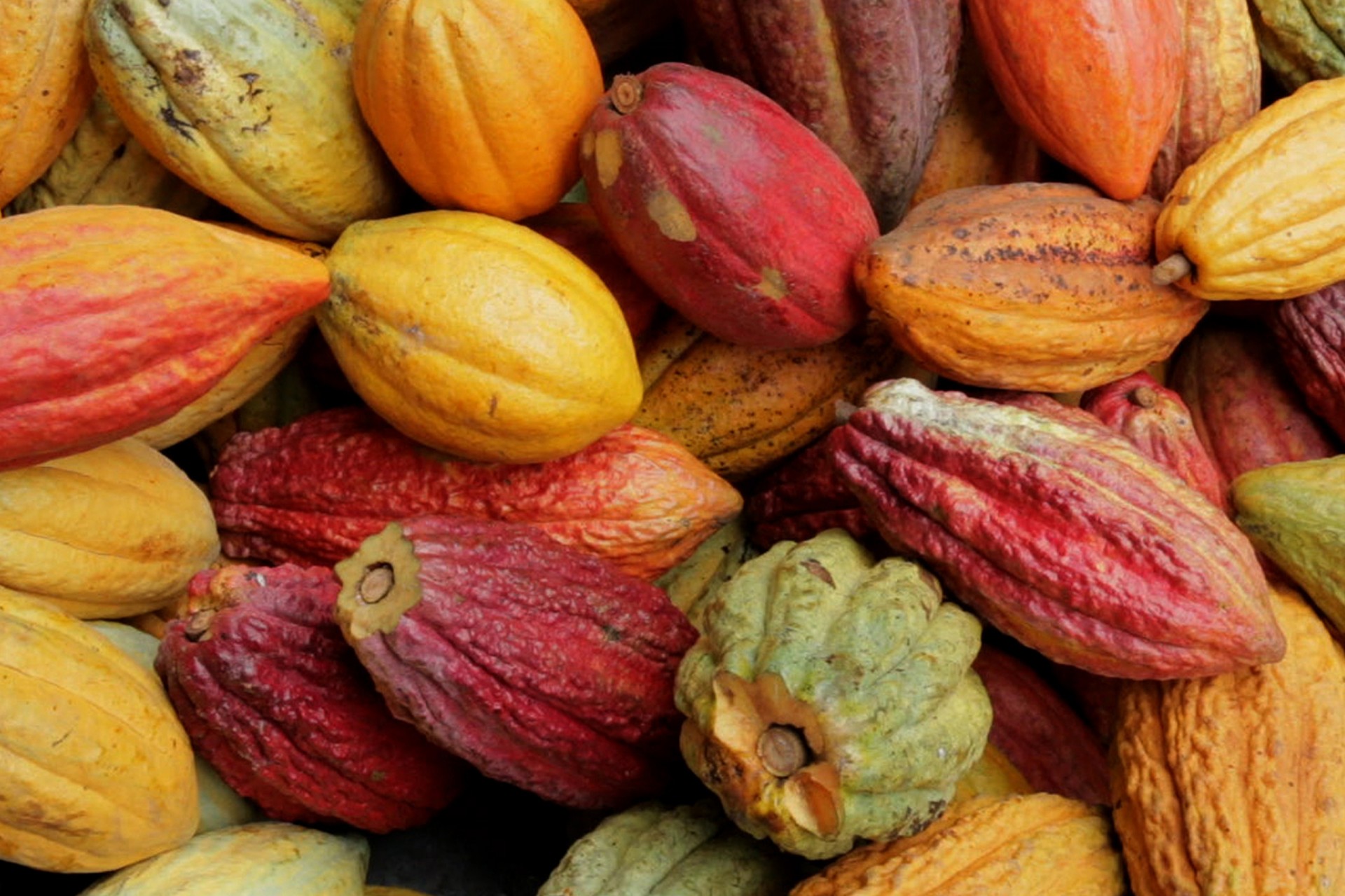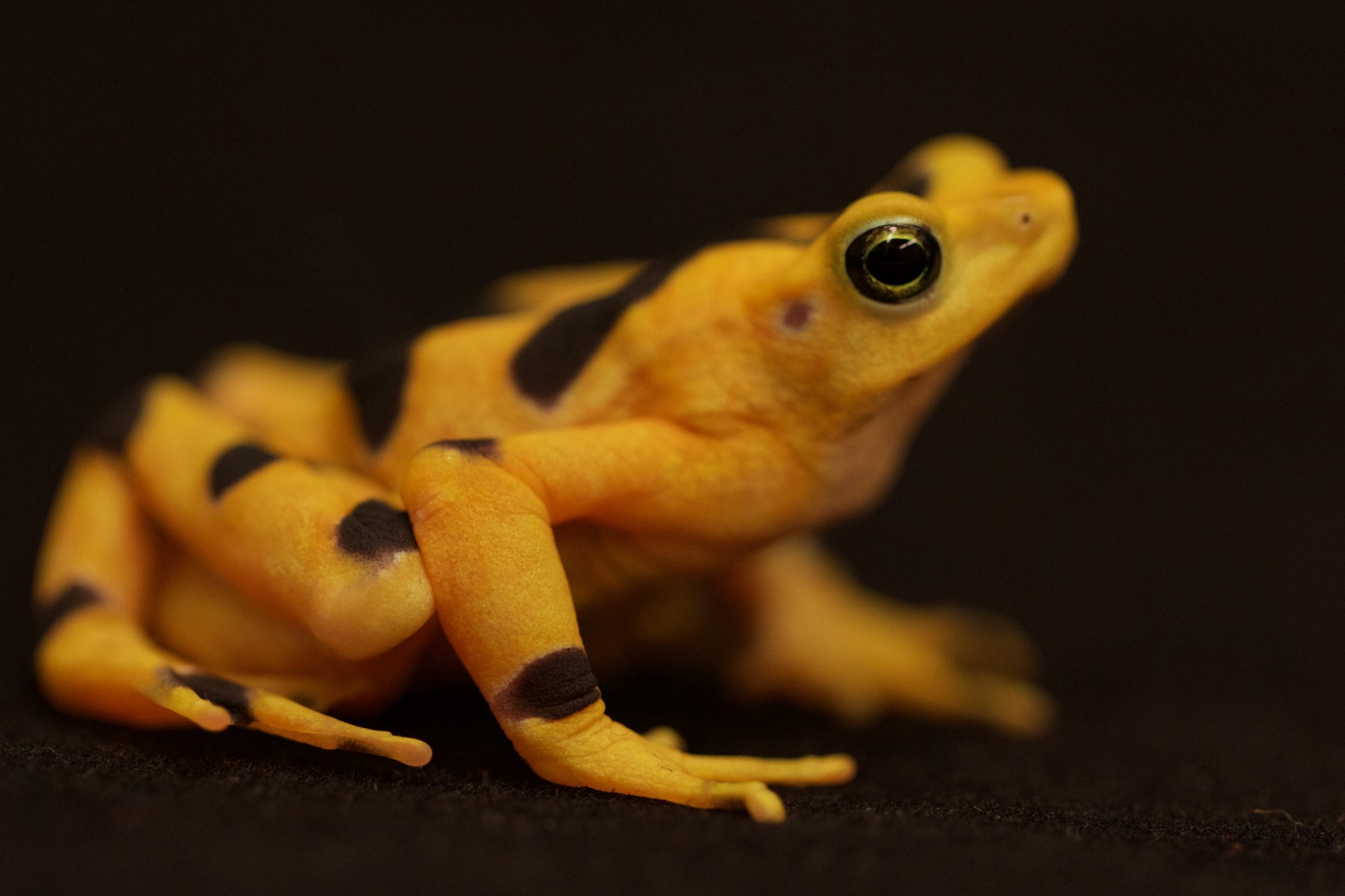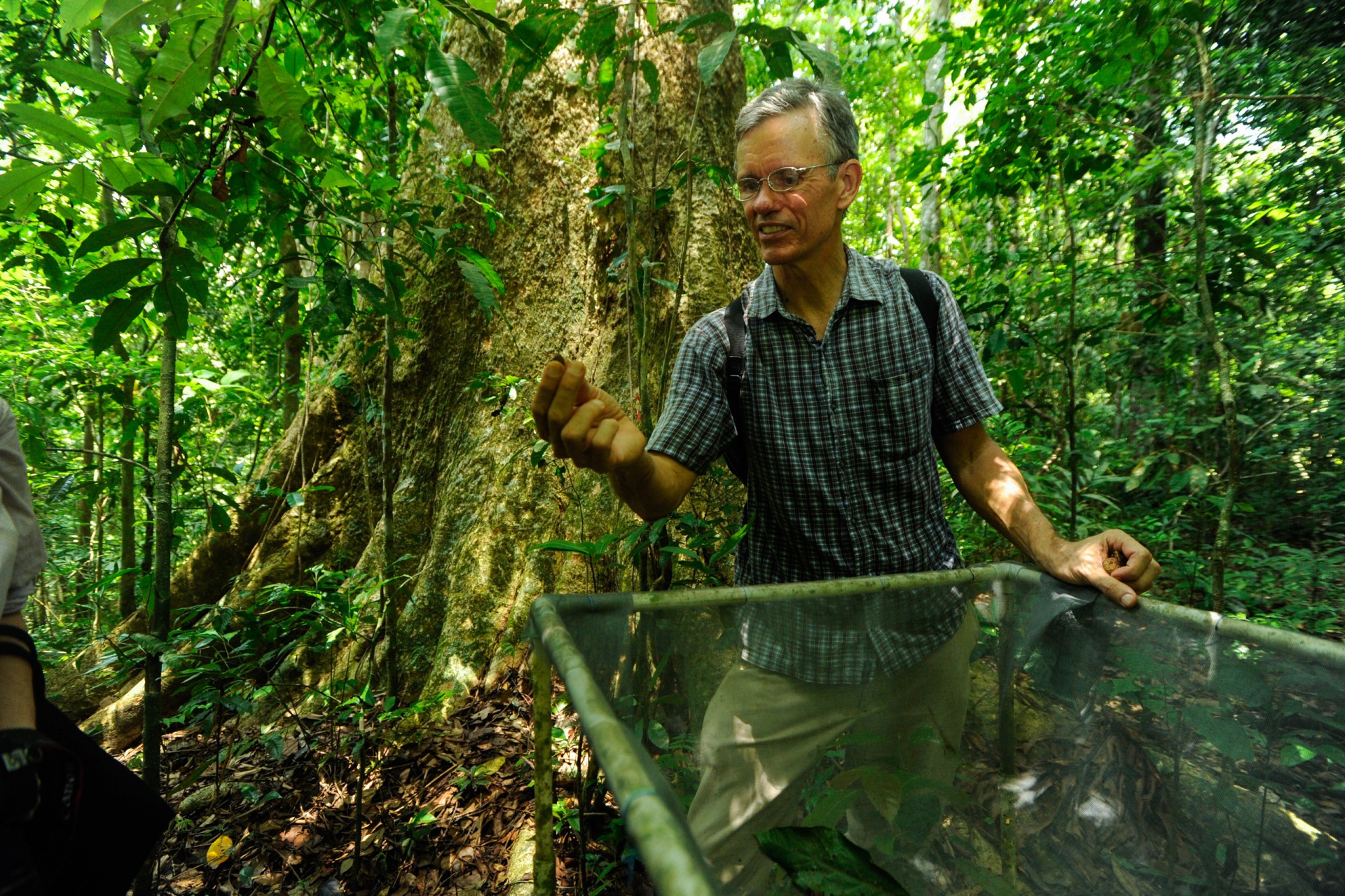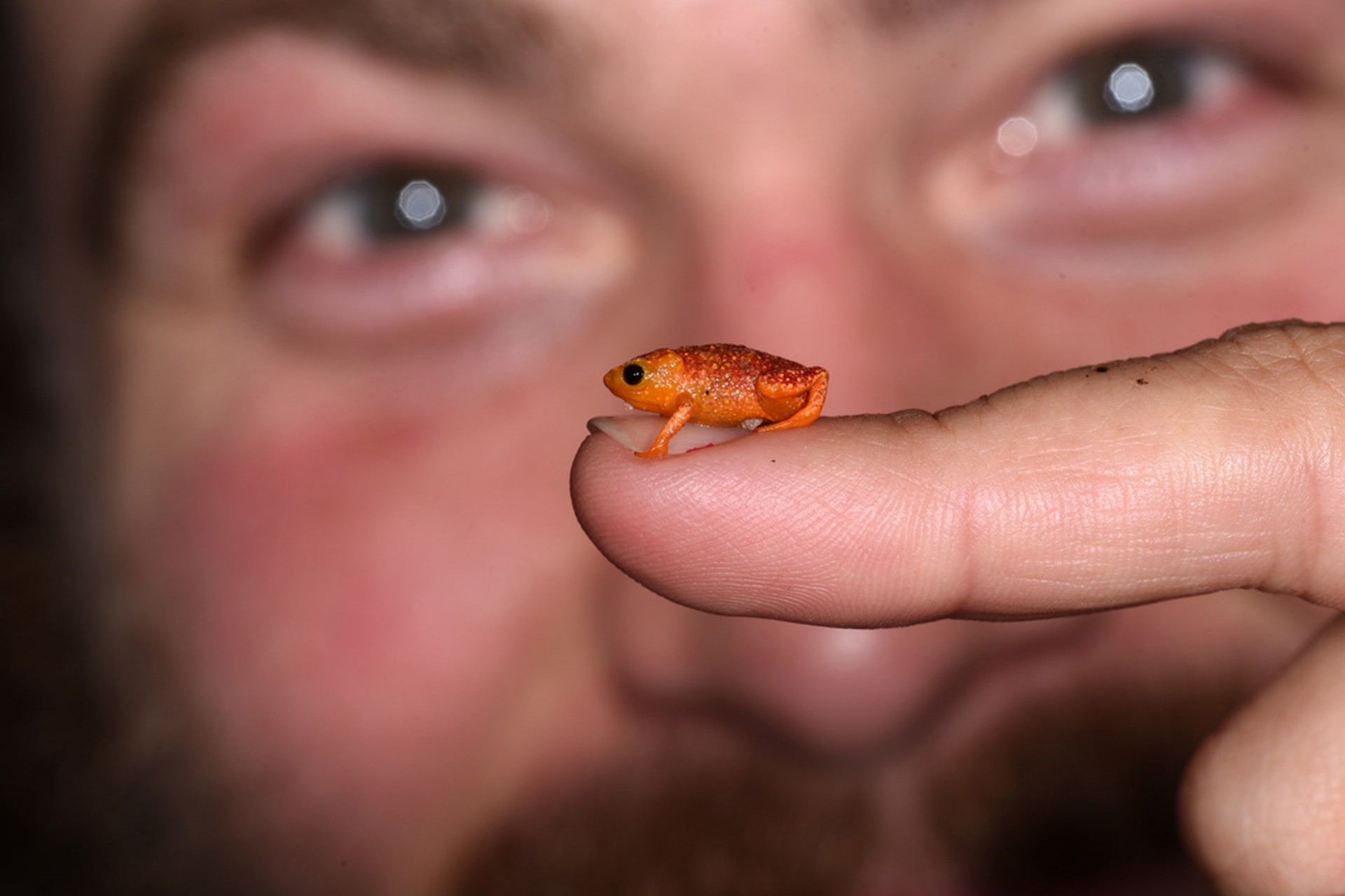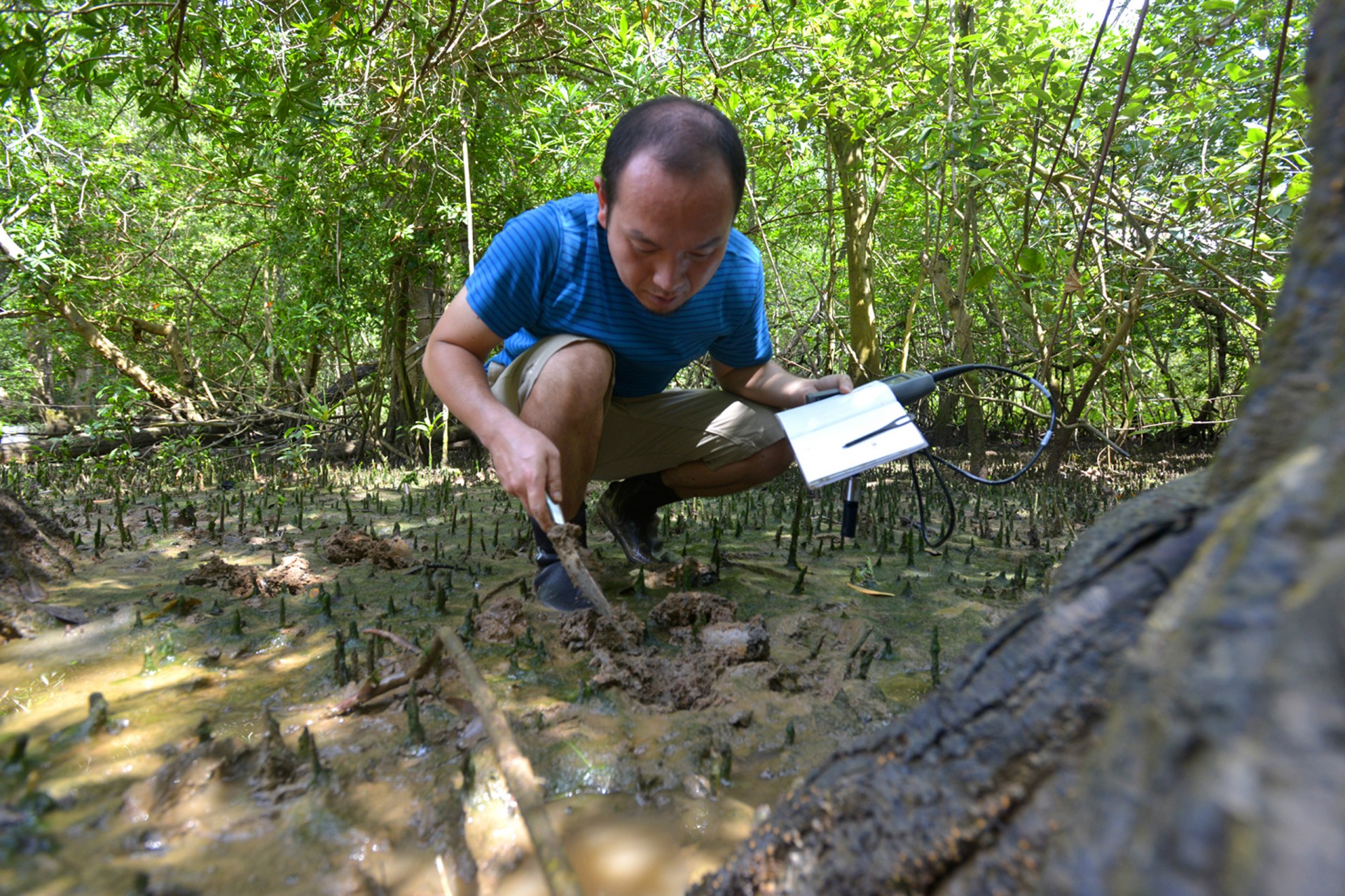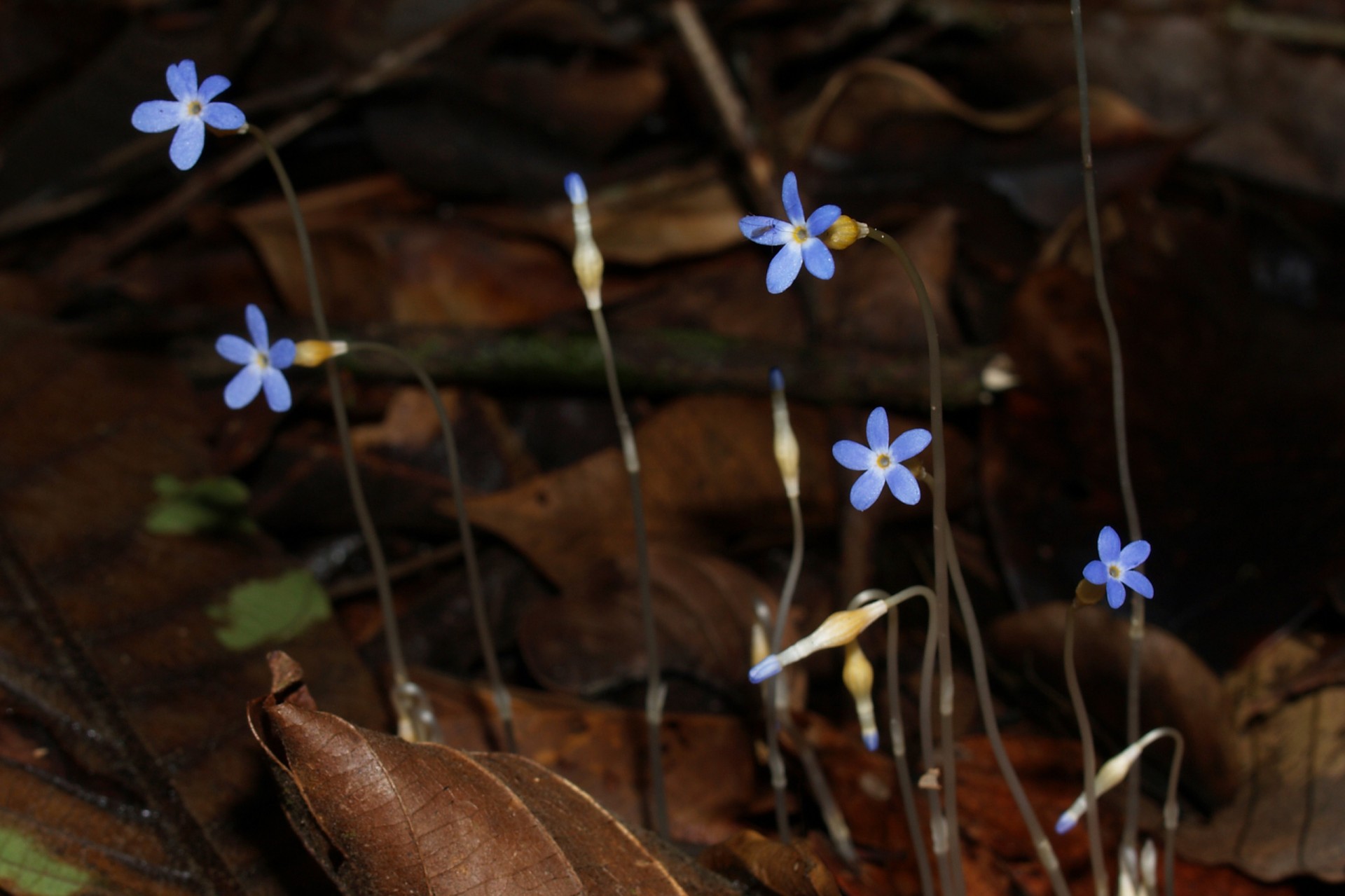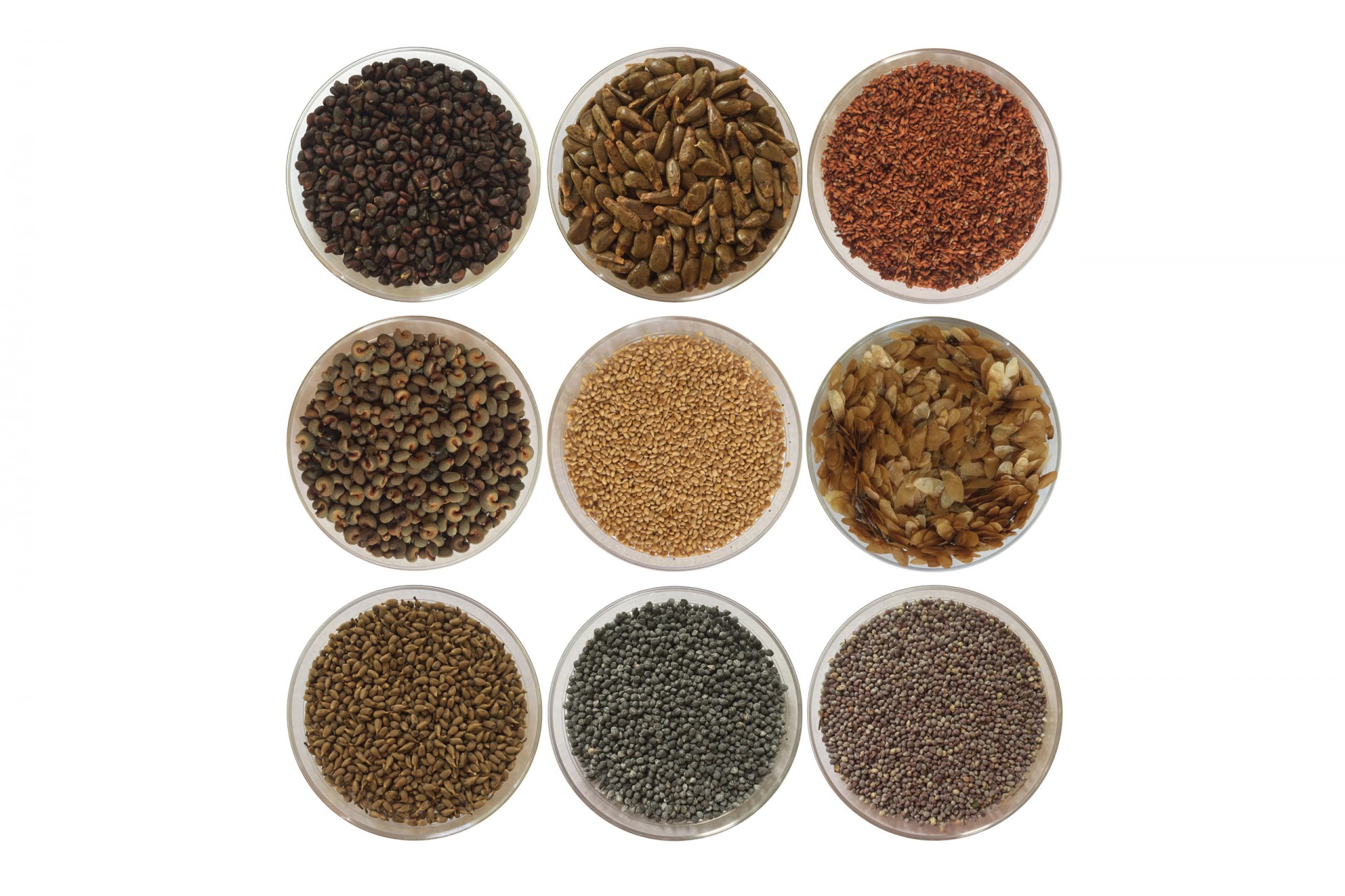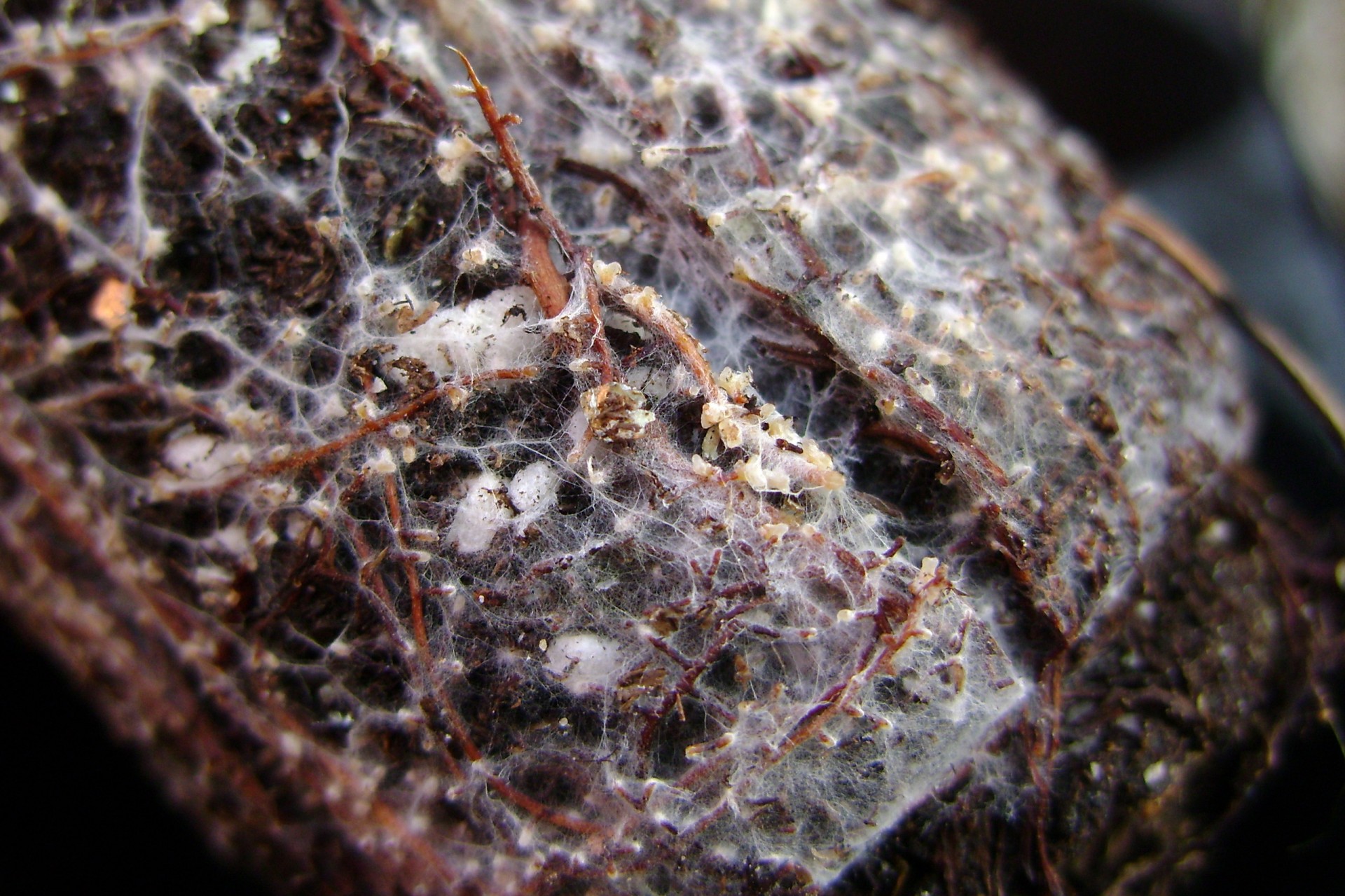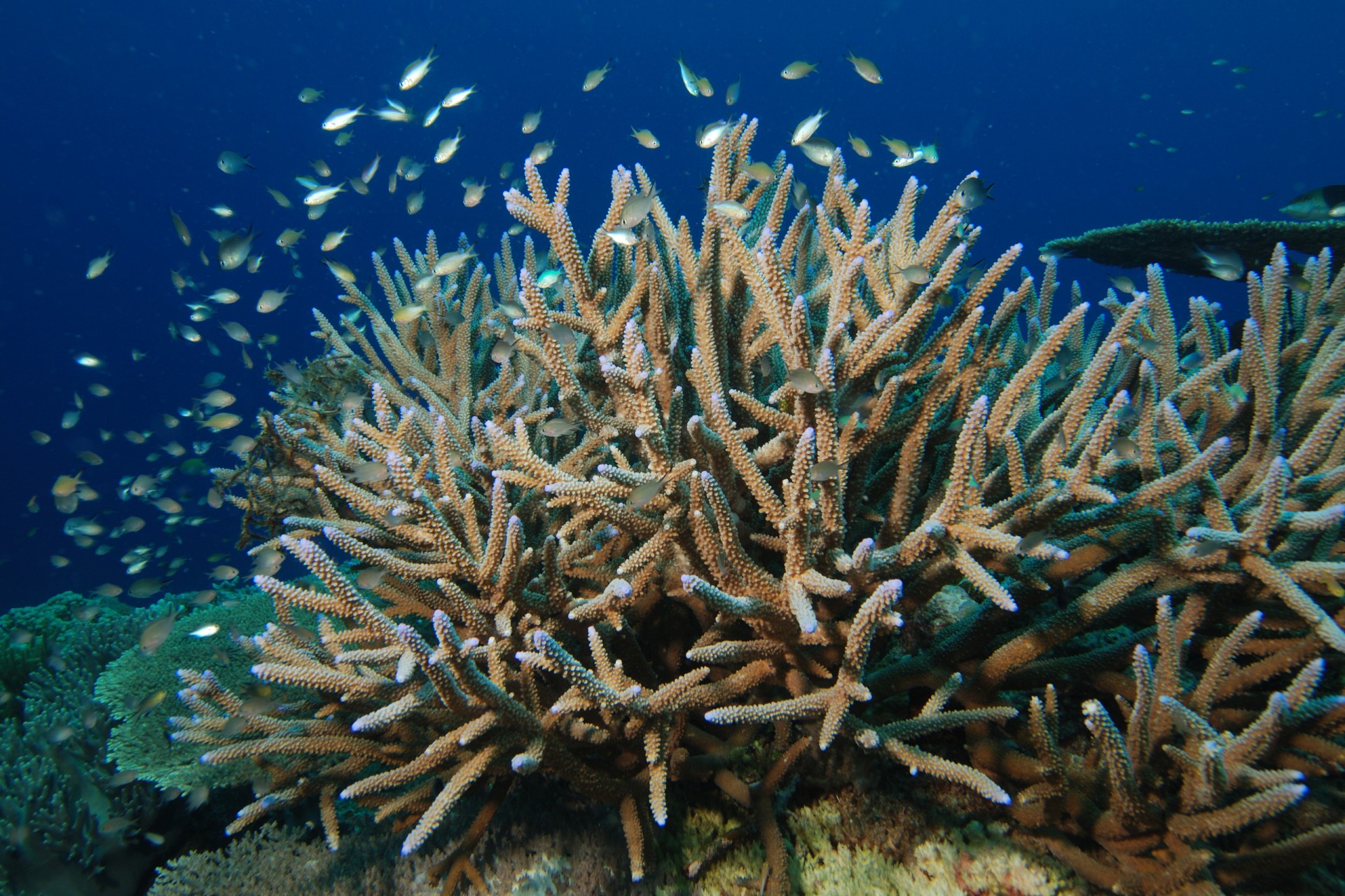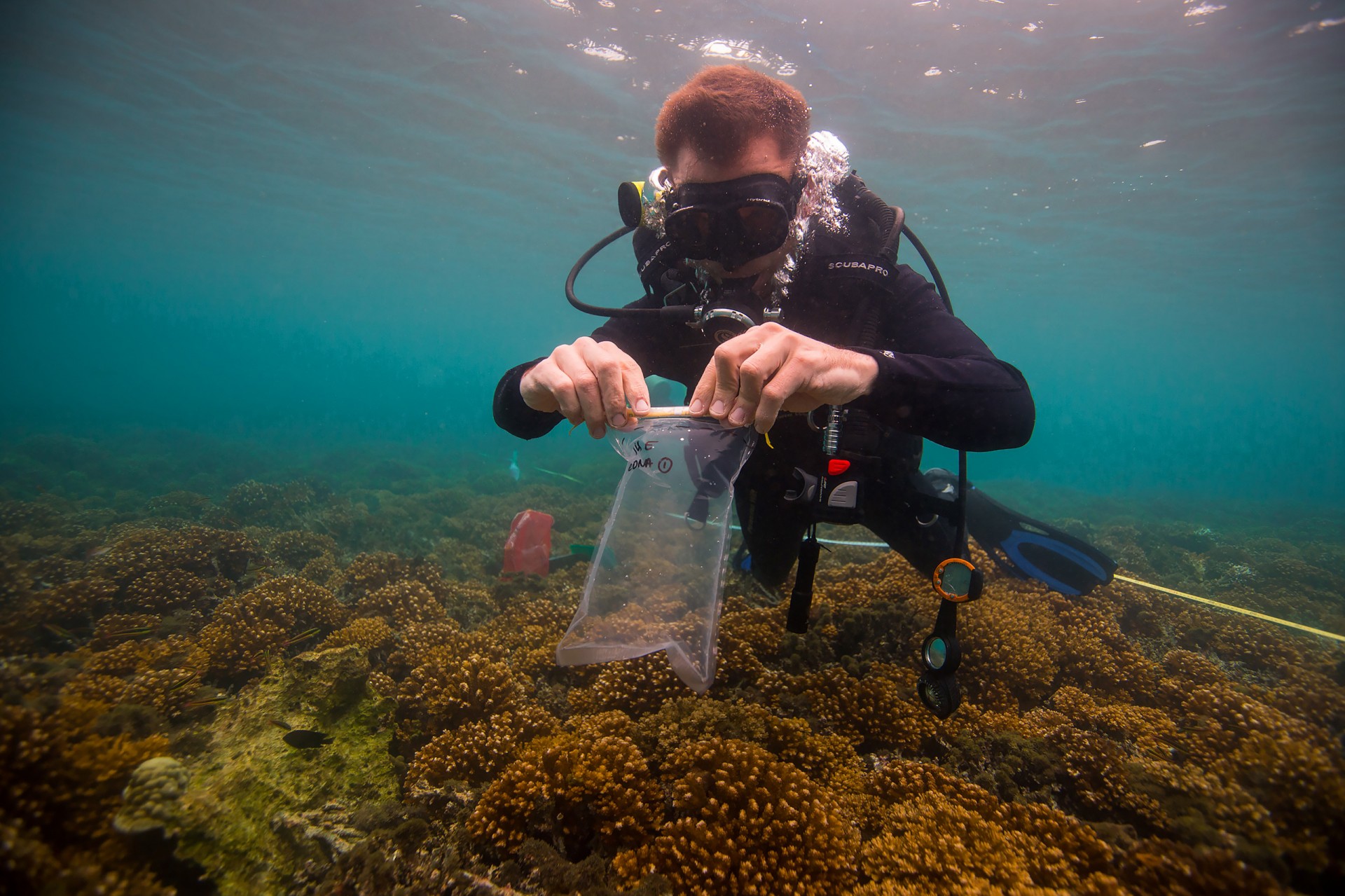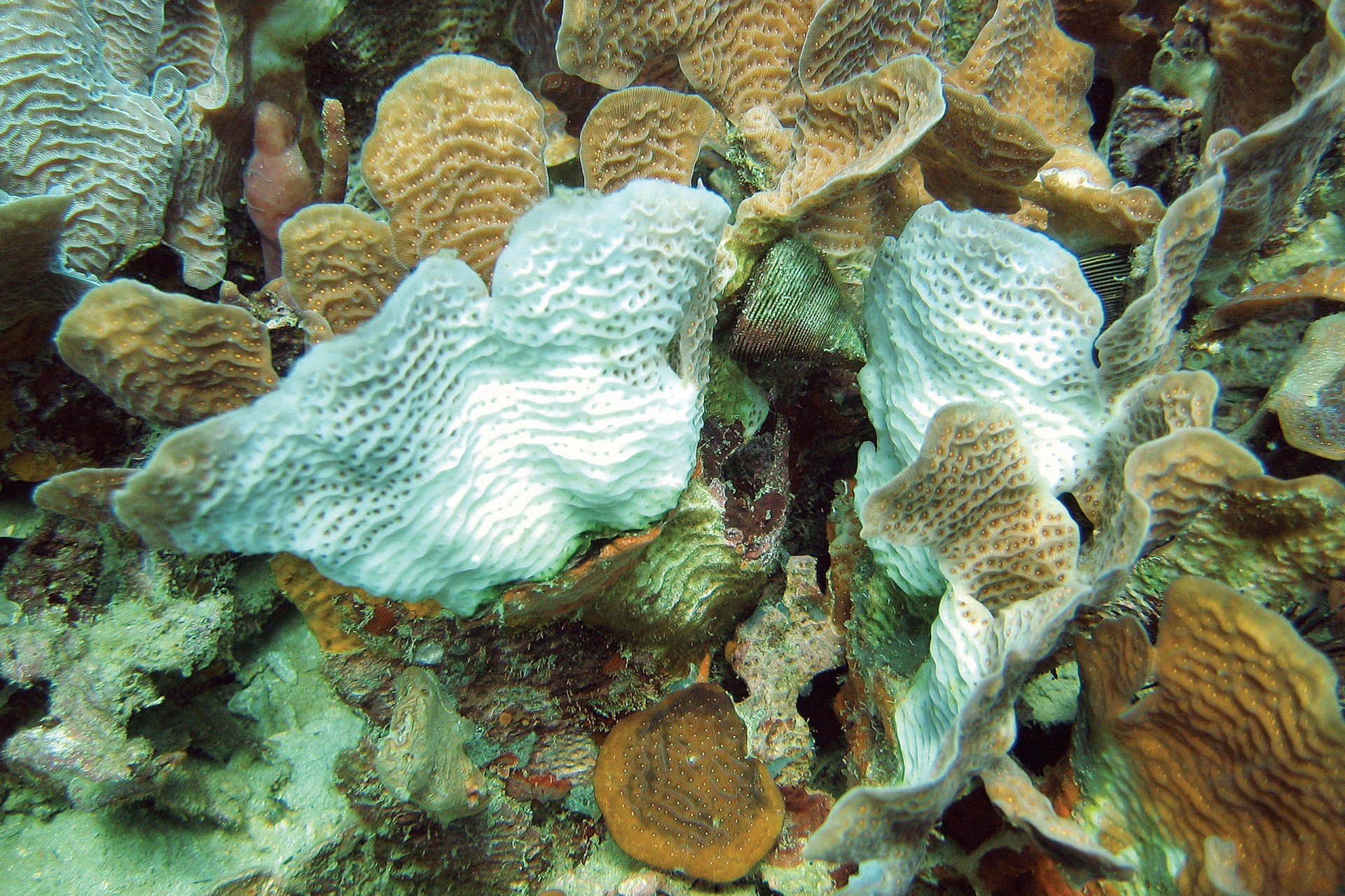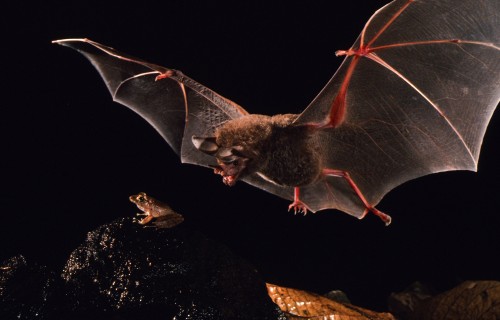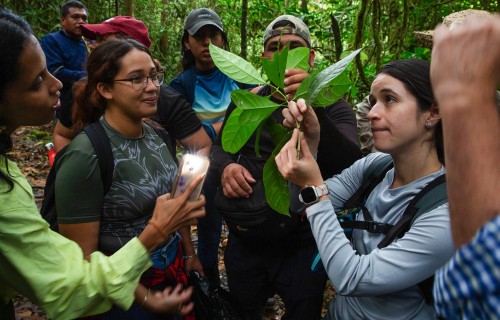Leafcutter ants have blind
spots, just like truck drivers
It’s
complicated
Why study symbiotic
relationships in Panama?
Panama
Join us to explore a few examples showcasing the spectrum of relationships among tropical organisms and their consequences from the genome to the global level. How does being in relationship change with time and what triggers tipping points that radically change the partners’ lives?
When everyone benefits, the relationship is called a mutualism, when one benefits and the other neither benefits or is harmed, it is called commensalism and when one benefits and the other loses, it’s called parasitism.
In the tropics both these tight, symbiotic relationships, and looser relationships are common and often ancient: corals and their algae, leaf-cutter ants and their fungus crop, orchids and their pollinators, plants and the fungi that tie them together underground.
Our recently-acquired ability to sequence DNA from vast numbers of organisms at once makes it obvious that no organism is an island, rather, we’re all chimera composed of billions of others.
In this age of super-disruption, with human populations exploding from 1 billion in 1800 to almost 8 billion in 2018, land becomes ever more valuable and antibiotic-resistant disease has the potential to cause massive epidemics. Atmospheric carbon dioxide levels are higher than any point in the last 800,000 years, creating unpredictable, extreme weather conditions and threatening food security. Why study symbiotic relationships in Panama now?
- As home to the longest running conversation in tropical biology—a 100-year legacy of research provides critical background information, uniquely positioning us to test new ideas.
- The people in the conversation come from more than 50 countries, bringing with them expertise in disciplines from bryology to bioinformatics. They live, from months to years, in a unique geographical location that is both a bridge between continents and a barrier between oceans—a natural evolutionary experiment in itself. It is a research platform like no other, with access to reefs and cloud forests and state-of-the-art equipment.
- We work in well characterized ecosystems: from the long-term forest monitoring plot on Barro Colorado Island (35 years of census information on tropical tree growth and survival), to the 700 hectare Agua Salud project (evaluating land use and reforestation with native species in the Panama Canal watershed) to long-term marine monitoring at multiple sites in both the Pacific and Caribbean.
- Recent, significant collaborations with the Simons Foundation, Oak Ridge National Labs and the Beijing Genomics Institute, promise to accelerate our ability to address large-scale questions.
Join us to explore just a few examples showcasing the spectrum of relationships among tropical organisms and their consequences from the genome to the global level. How does being in relationship change with time and what triggers tipping points that radically change the partners’ lives?
EATING TOGETHER
Plants capture energy from the sun in their leaves and package it as carbon compounds: from easily digestible sugars to nearly indigestible compounds like lignin. Animals such as sloths and iguanas interact with bacteria, fungi and even insects to maximize their access to that energy.
Vampire bats, feeding on blood, develop complex, social interactions, depending on each other to ensure access to energy, even when each individual has not been able to feed.
Sloth Moths, Algae and Fungi
Like wet blankets wadded into junctions between tree branches, sloths dot tropical treetops. But to poop, three-toed sloths make a perilous, weekly journey down to the forest floor. This mystery was at least partially solved when Pauli et al. (working in Costa Rica) followed up on an earlier study showing that moths living in sloth fur lay their eggs in the poop. Moth density in sloth fur is related to the presence of inorganic nitrogen and algae, which the sloths consume. The algae may provide important nutrients, given that sloths only eat leaves. Chemicals isolated from fungi in the fur of three-toed sloths in Panama are active against breast cancer and the parasites that cause malaria and Chagas disease.
Waage JK, Montgomery GG. 1976 Cryptoses choloepi: a coprophagous moth that lives on a sloth. Science 193,157–158. doi:10.1126/science.193.4248.157
Aiello A. 1985 Sloth hair: unanswered questions. In The evolution and ecology of armadillos, sloths, and vermilinguas (ed. Montgomery GG), pp. 213–218. Washington, DC: Smithsonian Institution Press.
Pauli, JN, Mendoza, JE, Steffan, SA, Carey, CC, Weimer, PJ, Peery, MZ. 2014
Higgenbotham, S, Wong, WR, Linington, RG, Spadafora, C, Iturrado, L, Arnold, AE. Sloth hair as a novel source of fungi with potent anti-parasitic, anti-cancer and anti-bacterial bioactivity. PLoS ONE doi:10.1371/journal.pone.0084549
Mama, pass the bacteria!
Baby iguanas need bacteria from their mothers in order to digest their food. “…Microbes can only pass between herbivore generations by direct transmission, and in order to obtain the corresponding level of biochemical efficiency, the herbivore must concurrently evolve adaptations that assure intergenerational contact. This contact may…become the driving force for evolution of complex social systems in the herbivore.”
Troyer, K. 1984. Microbes, herbivory and the evolution of social behavior. Journal of theoretical biology, 106(2): 157-169.
Friends are important
Female vampire bats form strong social bonds with both their mothers and their daughters as they groom and share regurgitated blood. They also form friendships with less closely-related bats. Gerry Carter, former STRI postdoctoral fellow, now at Ohio State University and his colleagues discovered that unrelated friends are important backup support when family members go missing.
When they remove a major food donor from a bat’s social network, females who had previously formed more friendships with non-relatives cope better with their loss. They score more food gifts than do female bats who only invest in close kin.
Carter, GG, Farine, DR and Wilkinson, GS 2017. Social bet-hedging in vampire bats. Biology Letters, 13(5)doi:10.1098/rsbl.2017.0112
POLLINATION
Is it Sometimes OK to Cheat?
When both partners benefit from a relationship—be they husband and wife or pollinator and flower—the relationship is known as a mutualism. But sometimes partners do not deliver while still reaping the rewards. Unless unfaithful partners (in this case, wasps that fail to pollinate) are punished by the other member of the relationship (the fig tree), cheaters may become more common according to Charlotte Jander, Uppsala University. Jander studies the fig-wasp mutualism, riffing on remarkable work by staff scientist Allen Herre and collaborators on this close-knit partnership, which also includes mites and nematodes. Each species of fig depends on only one or two species of wasps to fertilize its seeds, while the wasp relies entirely on the fig as a magical house that provides shelter and food for its young.
Jander, KC and Herre, EA 2010. Host sanctions and pollinator cheating in the fig tree-fig wasp mutualism. Proceedings of the Royal Society B: Biological Sciences, 277(1687): 1481-1488. doi:10.1098/rspb.2009.2157
PROTECTION
Plants can’t run from their enemies, so they hire killers: disease causing bacteria and fungi, assassin ants. Animals also employ them and even turn them against one another.
Ant Plants
Security guards and food service workers
Some plants just can’t live without ants: they offer housing in exchange for defense against hungry animals and insects. Ants even trim encroaching vegetation. Sabrina Amador, who recently joined the scientific staff, studied Acacia ants (Pseudomyrmex spinicola) living in spines of plants (Vachellia collinsii) in Panama’s Metropolitan Nature Park as part of her doctoral work at the University of Texas at Austin. Plants supply the ants with food and nectar in exchange for their service as security guards. Amador discovered that the number of ants that specialize—only collect food or guard but not both— increases when there are more ants in a colony. Defense workers from large colonies may have reduced olfaction-related processes like learning and decision-making.
Amador-Vargas, S. 2014. Living in a Plant: Brain and behavioral traits of Acacia ants. Austin, Texas: The University of Texas at Austin. 118 pages.
Amador-Vargas, S, Gronenberg, W, Wcislo, W, Mueller, U. 2015 Specialization and group size: brain and behavioral correlates of colony size in ants lacking morphological castes. Proc. Roy. Soc. B. doi:10.1098/rsbp.2014.2502
Bipolar ant colonies
Slender Cecropia tree trunks look like backbones—stacks of compartments housing Azteca ants. As part of his PhD work at the University of Arizona, Peter Marting discovered that Azteca ant colonies have personalities: more aggressive colonies are better at keeping their host trees free of caterpillars and other leaf-eating insects.
Marting, Peter R., Wcislo, William T. and Pratt, Stephen C. 2018. Colony personality and plant health in the Azteca-Cecropia mutualism. Behavioral Ecology, 29(1): 264-271. doi:10.1093/beheco/arx165
Caterpillars sing to their ants
Like percussionists in salsa bands, some tropical caterpillars make a rasping sound— stridulation—to summon ants to defend them against wasps. Caterpillars in two different butterfly families reward their guardian ants by producing special secretions.
DeVries, PJ 1992. Singing Caterpillars, Ants and Symbiosis. Scientific American, 267(4): 76-82.
Leaf Endophytes
What we don’t see
As researchers in the U.S. discovered strands of unknown fungi interwoven within grass leaves, mycologists and plant chemists at STRI imagined that the diversity of these fungal endophytes in tropical forests must be truly astonishing. Collaboration on a first paper about endophyte diversity in 2000 led to a generation of grad students and interinstitutional projects. Explorations of the leaf endophytes’ role in plant chemistry/drug discovery led to the establishment of new laboratories at Panama’s INDICASAT research center/University of Panama dedicated to exploring the genetic interactions between hosts, pathogens and endophytes and their chemistries.
Now, in addition to the labs in Panama, labs at the University of Illinois, Tulane University, the University of Arizona, the University of Kyoto, the University of California-Santa Cruz and Washington University in St. Louis—all founded by folks who did their doctoral work at STRI in Panama—continue the push to understand the role of fungal endophytes in shaping both tropical and temperate plant communities.
Litter Bugs May Protect Chocolate Supply
Those who crave brownies or hot cocoa may be happy to hear that heroes too small to be seen help to protect the world’s chocolate supply…and they are supplied by a cacao seedling’s mother. Scientists at STRI found that exposing baby cacao plants to microbes from healthy adult cacao plants reduced the plant’s chance of becoming infected with the serious cacao pathogen, Phytopthora palmivora, by half.
Christian N, Herre EA, Mejia, LC, Clay K 2017 Exposure to the leaf litter microbiome of healthy adults protects seedlings from pathogen damage. Proc. R. Soc. B 284: 20170641.
http://dx.doi.org/10.1098/rspb.2017.0641
FROG SKIN MICROBES
Golden frog skin
When the chytrid fungus infects a frog’s skin, it alters the animal’s electrolyte balance, causing a massive heart attack. After the Bd epidemic (for Batrachochytrium dendrobatidis) epidemic swept through, Panama’s iconic golden frog only survived in captivity. It became the flagship species for the Smithsonian’s Panama Amphibian Rescue and Conservation project (PARC). Because Bd attacks via the skin, studies of frog skin microbiota are likely to yield causes and cures.
In the lab, golden frogs, Atelopus zeteki, were treated with probiotic bacteria that inhibit the disease, but the frogs’ initial microbial community had more to do with its chances of survival than the treatment did.
Recent studies use genetic sequencing to characterize the microbes of frogs in their natural habitats. Where the disease is endemic, Craugastor fitzingeri had skin bacterial communities with different disease-defense properties than it did at a site that Bd had not yet reached.
Another study compared microbiota from individuals of a single frog species at sites with different amounts of rainfall. The same team also compared microbiota from three frog species swabbed during the rainy season and again during the dry season, revealing that environmental variables such as soil acidity and rainfall influence the proportion of skin bacteria capable of inhibiting Bd.
Becker, M.H., Walke, J.B., Cikanek, S., Savage, A.E., Mattheus, N., Santiago, C.N., Minbiole, K.P.C., Harris, R.N., Belden, L.K. and Gratwicke, B. 2015. Composition of symbiotic bacteria predicts survival in Panamanian golden frogs infected with a lethal fungus. Proc Biol Sci. 2015 Apr 22;282(1805). pii: 20142881. doi: 10.1098/rspb.2014.2881.
Rebollar EA, Gutiérrez-Preciado A, Noecker C, Eng A, Hughey MC, Medina D, Walke JB, Borenstein E, Jensen RV, Belden LK and Harris RN (2018) The Skin Microbiome of the Neotropical Frog Craugastor fitzingeri: Inferring Potential Bacterial-Host-Pathogen Interactions From Metagenomic Data. Front. Microbiol. 9:466. doi: 10.3389/fmicb.2018.00466
Varela B.J., Lesbarrères D., Ibáñez R. and Green D.M. (2018) Environmental and Host Effects on Skin Bacterial Community Composition in Panamanian Frogs. Front. Microbiol. 9:298. doi: 10.3389/fmicb.2018.00298
MICROBIAL DIVERSITY
Even ten years ago, it would have been impossible to identify all of the microbes associated with a person, place or plant. But new technological advances such as high-throughput sequencing and data processing now makes it possible to catalog the immense diversity of microbes in tropical environments. The next step, of course, will be to ask what these massive data sets mean: how do hosts interact with their microbes, how did these interactions evolve and what are the implications for wildlife conservation and human health?
57 Trees, 7000 Bacteria
Human skin and gut microbes influence processes from digestion to disease resistance. Despite the fact that tropical forests are the most biodiverse terrestrial ecosystems on the planet, more is known about belly-button bacteria than bacteria on trees in the tropics. Researchers on Panama’s Barro Colorado Island discovered that small leaf samples from a single tree were home to more than 400 different kinds of bacteria. The combined sample from 57 tree species contained more than 7,000 different kinds.
Kembel, SW, O’Connor, TK, Arnold, HK, Hubbell, SP, Wright, SJ and Green, JL 2014 Relationships between phyllosphere bacterial communities and plant functional traits in a neotropical forest. Proc. Nat. Acad. Sci. early online edition www.pnas.org/cgi/doi/10.1073/pnas.1216057111
http://www.pnas.org/content/early/2014/09/10/1216057111.full.pdf+html
Q-Tip Man
Jordan Kueneman’s post-doctoral fellowship at STRI integrates his previous work on amphibian microbiomes and how skin microbiota affects their ability to survive the worldwide chytrid fungal disease epidemic. His project here, funded, in part by the Simons Foundation, allows him to continue to ask how frog skin microbiota mitigates disease at different stages of amphibian development, to identify specific microbes as probiotic treatments and to understand how microbiomes can be manipulated to improve the well-being of captive assurance colonies at the Panama Amphibian Rescue Center at STRI’s Gamboa campus.
His passion as a natural historian also takes him from Panama’s mountainous cloud forest to steamy lowland jungles to explore the microbiomes of moth and bees.
Parasitic flatworms flout global biodiversity patterns
The odds of being castrated by parasitic flatworms increases for marine horn snails the farther they are from the tropics. Staff scientist, Mark Torchin led a team that discovered this exception to an otherwise globally observed pattern: usually biodiversity is greatest in the tropics and decreases toward the poles.
Unlike free-living species, parasites must use hosts as their habitats, explained Osamu Miura, former postdoc at STRI, now associate professor at Kochi University in Japan. Wide-ranging hosts provide a nearly constant habitat for the parasites, regardless of latitude, which lets scientists compare parasite diversity across a broad geographic region.
Torchin, ME, Miura O, and Hechinger, RF. 2015 Parasite species richness and intensity of interspecific interactions increase with latitude in two wide-ranging hosts. Ecology. DOI:10.1890/15-0518.1
UNDERGROUND
Hacking the wood wide web
Tiny bluish flowers on leafless, translucent stems push up from the dark forest floor. Unlike most flowering plants,Voyria tenella cannot photosynthesize. It hacks into the wood wide web, taking its carbohydrates from mycorrhizal soil fungi, which, in turn, get their carbs from green-leaved plants.
Voyria doesn’t grow on a forest plot experimentally enriched with phosphorous, probably because the trees go straight to the soil for phosphorus rather than depending on mycorhizzae to help. By studying this disrupted mutualism's effects on trees, fungi and Voyria, researchers aim to better understand the stability of the 400 million-year-old symbiosis between plants and their fungal partners.
Sheldrake, M., Rosenstock, N.P., Revillini, D., Olsson, P.A., Wright, S.J., Turner, B.J. 2018. A phosphorus threshold for mycroheterotrophic plants in tropical forests. Proc. Roy. Soc. B. doi:10.1098/rspb.2016.2093
Picky partners?
Working on Barro Colordado Island, researchers discovered which fungi infect seeds in the soil. Even with a smorgasbord of species to choose from, tropical fungi and seeds are picky about their partners. The species of the seed is more important to which fungi colonize it than the type of soil, the surrounding vegetation, or how long the seed has been in the soil. Early pairings with a particular fungus influence whether seeds survive and may also explain why tropical forests stay so diverse.
Sarmiento, C, Zalamea, PC, Dalling, JW, Davis, AS, Stump, SM, U’Ren, JM, and Arnold, AE. 2017.Soilborne fungi have host affinity and host-specific effects on seed germination and survival in a lowland tropical forest. PNAS. doi: 10.1073/pnas.1706324114
Nitrogen-fixing trees for reforestation
Many tropical tree species, especially in the bean family, form root nodules with symbiotic, nitrogen-fixing bacteria to capture nitrogen gas from the air and convert it to a form that’s useful for growth. But, until recently, no one understood why trees adopt nitrogen-fixing bacteria when they grow in nitrogen-rich soils. Perhaps they channel extra nitrogen into enzymes to capture phosphorus, which is scarcer.
The choices foresters make about which tree species to use for reforestation projects affect critical ecological processes like the carbon, nitrogen and phosphorus cycles. Because each tree species has its own, unique way of capturing nutrients, biodiversity is critical for successful reforestation projects.
Batterman, S.A, Hall, J.S., Turner, B.L, et al. 2018. Phosphatase activity and nitrogen fixation reflect species differences, not nutrient trading or nutrient balance, across tropical rainforest trees. Ecology Letters. https://onlinelibrary.wiley.com/journal/14610248
Underground Fungi Detected from Space
Just as a person’s skin indicates if s/he has a healthy diet, colored satellite images of forests in the Smithsonian’s Forest Global Earth Observatory (ForestGEO) indicate if a forest has a healthy diet. Information about the trees’ access to nutrients based on its relationships with ectomycorrhizal fungi or arbuscular mycorrhizal fungi is now detectable from space, making it possible for scientists to measure ecosystem productivity and responses to environmental change on vast scales. “Every tree species has a distinct spectral signal, a kind of measurable aura,” said Sean McMahon, temperate program coordinator of the ForestGEO network. “We discovered that groups of tree species associating with one type of fungi were spectrally distinct from groups of species associating with other types of fungi,” said Joshua Fisher from NASA’s Jet Propulsion Laboratory and UCLA.
Fisher, JB, Sweeny, S, Brzostek, ER, Evans, TP, Johnson, DJ, Myers, JA, Bourg, NA, Wolf, AT, Howe, RW, Phillips, RP 2016. Tree-mycorrhizal associations detected remotely from canopy spectral properties. Global Change Biol. onlinelibrary.wiley.com/doi/10.1111/gcb.13264/full
50 Million-year-old-farmers
The sophisticated partnership between ants and fungi goes back 50 million years. Human agriculture only began about 10,000 years ago. In the most complex version of this symbiosis the four partners live in labyrinthine, underground nests: the ants, a fungus that produces nutritious hyphal tips to feed the ants, the bacteria workers carry as a pesticide to weed out alien microbes, and a sometimes, a specialized fungal garden parasite called Escovopsis. New queens leaving their natal nests carry fungus with them to establish a new colony.
Researchers working here described each of the partners and how this symbiosis came to be.
As we face the looming possibility that our own antibiotics and pesticides may no longer win the arms race against human and crop diseases, we ask how this partnership stood the test of time, zeroing in on everything from social interactions among sisters to the ability of the ant nest microbiome to efficiently degrade plant matter.
Hubert Herz and collaborators found a way to calculate the amount of foliage the ants in a nest cut based on the weight of their refuse dumps.
Jean and David Zeh found that ant nest refuse can be spread on garden plants to repel ants and other herbivores.
Like the ants, they are legion
Much of what is known about this complex, long-lived symbiosis was discovered in Panama. A search of the STRI bibliography reveals more than 150 references. The authors read like a who’s who of ant biologists, from William Morton Wheeler to E.O.Wilson and Bert Hölldobler to principal investigators at half-a-dozen labs who began their careers or worked extensively here and have fostered at least one additional generation of students: Ulrich Mueller, Cameron Currie, J.J. (Koos) Boomsma, Martin Burd, Hermogenes Fernández-Marin, Hubert Herz, Sunshine Van Bael, Nicole Gerardo, Rainer Wirth, William Wcislo, Michael Poulsen, Andre Riveros...and many others. Please search the Smithsonian bibliography for a complete list.
Relatives and their enemies
Following on work published in the scientific journal Nature by former STRI post-doctoral fellow, Scott Mangan, a group of 50 researchers from 12 countries published a paper in Science (lead author, Joe LaManna, Washington University in St. Louis) showing that close plant relatives make bad neighbors and that the negative interactions between relatives are stronger in the tropics, which may explain why tropical forests are so rich in species diversity: Because plants do not do well next to their relatives, there is more space for non-relatives to fill. Or as STRI staff scientist, Allen Herre says: “Where you get a build-up of any given species, you get a build-up of the bad guys, their enemies.”
LaManna, Joseph A., Mangan, Scott A., Alonso, Alfonso, Bourg, Norman A., Brockelman, Warren Y., Bunyavejchewin, Sarayudh, Chang, Li-Wan, Chiang, Jyh-Min, Chuyong, George B., Clay, Keith, Cordell, Susan, Davies, Stuart J., Furniss, Tucker J., Giardina, Christian P., Gunatilleke, I. A. U. Nimal, Gunatilleke, C. V. Savitri, He, Fangliang, Howe, Robert W., Hubbell, Stephen P., Hsieh, Chang-Fu, Inman-Narahari, Faith M., Janik, David, Johnson, Daniel J., Kenfack, David, Korte, Lisa, et al. 2018. Response to Comment on "Plant diversity increases with the strength of negative density dependence at the global scale". Science, 360(6391) doi:10.1126/science.aar5245
IN THE OCEAN
Some of the Earth’s most ancient symbioses are in the ocean. What is the role of microbes in marine ecosystems? How do they shape ecosystem function? How will the accelerating pace of changes in ocean temperature and acidity affect ancient relationships, some of which have survived even more drastic changes in the past?
Coral-microbiome relationships
Stony corals first appeared around 425 million years ago. Corals are home to a vast diversity of marine animals, plants and microbes. The coral microbiome includes bacteria, fungi, dinoflagellates and archaea. Changes in the coral microbiome reflect changes in environment, disease and stress.
Monica Medina, long-time STRI collaborator and professor of biology at Pennsylvania State University, asked whether differences in microbes associated with specific corals reflect the relationships—the family trees—of the corals, themselves. With a team working on reefs in Australia, she discovered that microbial communities associated with coral mucus are much more variable than microbial communities associated with coral skeletons and tissues. She concluded that microbiomes are not a single unit of selection, that different bacteria and fungi within the community may selected differently.
Pollock, FJ, McMinds, R, Smith, S, Bourne, DG, Willis, BL, Medina, M, Vega Thurber, R, Zaneveld, JR. 2018. Coral-associated bacteria demonstrate phylosymbioses and cophylogeny. Nature communications doi: 10.1038/s41467-018-07275
Environmental Surveillance and Microbial diversity
Relatively new techniques (high throughput sequencing and bioinformatics) make it possible to detect everything from dolphins to bacteria based on a few cells in seawater samples, creating a detailed profile of a marine environment.
Post-doctoral fellows Jarrod Scott and Matthieu Leray are working on marine microbes and their hosts (sea urchins, fish and crustaceans), and in particular, comparing microbes associated with “sister species” on either side of the isthmus. They are using the Isthmus to ask a number of basic questions about microbiome composition, i.e. To what extent does evolutionary history of a species play a role in determining its microbiome composition? Do organisms mainly have the microbiome of their ancestors, or do they mainly pick up their microbiome from the surrounding environment? How do changes in the environment, such as a massive dead zone of deoxygenated water near the Bocas del Toro Research Station affect the marine community?
Leray, M, Ho, S-L, Lin, I-J and Machida, RJ. 2018. MIDORI server: a webserver for taxonomic assignment of unknown metazoan mitochondrial-encoded sequences using a curated database. Bioinformatics, doi: 10.1093/bioinformatics/bty454
Sanders, JG, Beichman, AC, Roman, J, Scott, JJ, Emerson, D, McCarthy, JJ and Girguis, PR. 2015. Baleen whales host a unique gut microbiome with similarities to both carnivores and herbivores. Nature communications. doi: 10.1038/ncomms9285
Identifying the culprit in white band disease
White band disease decimated elkhorn and staghorn corals across the Caribbean. Because reef-building corals are covered with bacteria, discerning which bacteria cause the disease is not easy. Steve Vollmer’s lab at Northeastern University works at Bocas del Toro Research Station sequencing bacterial RNA to determine the roles of different bacterial strains in coral microbiomes. They used ampicillin and tetracycline to control infections and discovered that zooplankton can act as a vector of white band disease that infects endangered corals.
Gignoux-Wolfsohn, S., Aronson, FM and Vollmer, SV 2017. Complex interactions between potentially pathogenic, opportunistic, and resident bacteria emerge during infection on a reef-building coral. FEMS microbiology ecology, 93(7) doi:10.1093/femsec/fix080
Finally, in collaboration with the Beijing Genomics Institute, Dow DuPont and several U.S. universities, he is beginning to investigate the interactions of secondary metabolomics and microbiota from tree species at the Forest Global Earth Observatory (ForestGEO) long-term forest research plot network.

